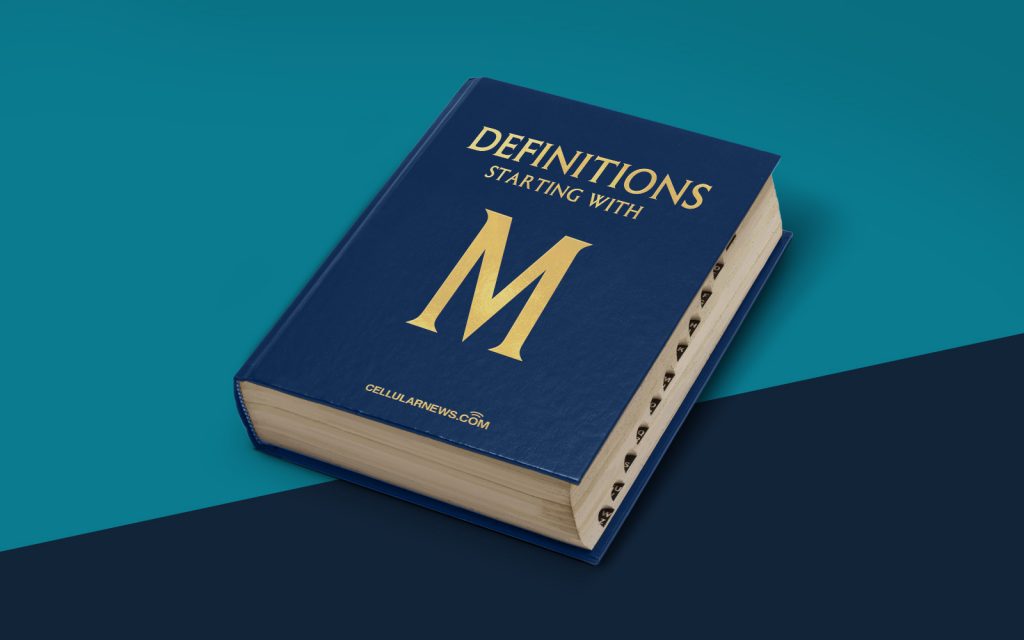
What is MPEG-1 Audio Layer II (MP2)?
Welcome to our “DEFINITIONS” series, where we dive deep into various terms associated with the world of technology. Today, let’s unravel the mysteries of MPEG-1 Audio Layer II, often referred to as MP2.
So, what exactly is MP2? MP2 is a widely-used audio compression format that belongs to the MPEG-1 family of standards. Developed by the Moving Picture Experts Group (MPEG), MP2 was introduced as an improvement to its predecessor, MP1, in terms of audio quality and file size. With its ability to provide near-CD quality audio while efficiently reducing file sizes, MP2 quickly gained popularity in the broadcasting industry.
Key Takeaways:
- MP2 is an audio compression format within the MPEG-1 family of standards.
- It offers high-quality audio and reduced file sizes, making it suitable for broadcasting.
Now you may wonder, why is MP2 specifically used in broadcasting? Well, one of the reasons lies in its ability to deliver excellent audio quality even at lower bitrates, which is crucial for transmission over limited bandwidth networks. This feature makes MP2 an ideal choice for radio and television broadcasting, where audio data needs to travel efficiently without compromising on quality.
Let’s dive into some technicalities, shall we? MP2 achieves compression by removing redundant and irrelevant audio information, while retaining essential elements that contribute to the overall sound quality. By employing various algorithms, MP2 allows for considerable data reduction without significant loss in audio fidelity.
Wondering how MP2 stacks up against its successor, MP3? Well, MP3 was introduced as an even more efficient audio compression format, providing better sound quality and smaller file sizes. However, due to compatibility and licensing considerations, MP2 remained in use, particularly in broadcasting applications.
In conclusion, MPEG-1 Audio Layer II (MP2) is an audio compression format widely used in broadcasting. With its ability to offer high-quality audio at reduced file sizes, MP2 revolutionized audio transmission. While it may not be as widely recognized as its successor, MP3, MP2 continues to play a significant role in the broadcasting industry.
Key Takeaways:
- MP2 is often used in broadcasting due to its ability to deliver high-quality audio at lower bitrates.
- MP2 has been succeeded by MP3 but remains in use in broadcasting applications.
We hope this article has shed light on the wonders of MP2 and its significance in the audio world. Stay tuned for more exciting technology-related definitions in our “DEFINITIONS” series!
